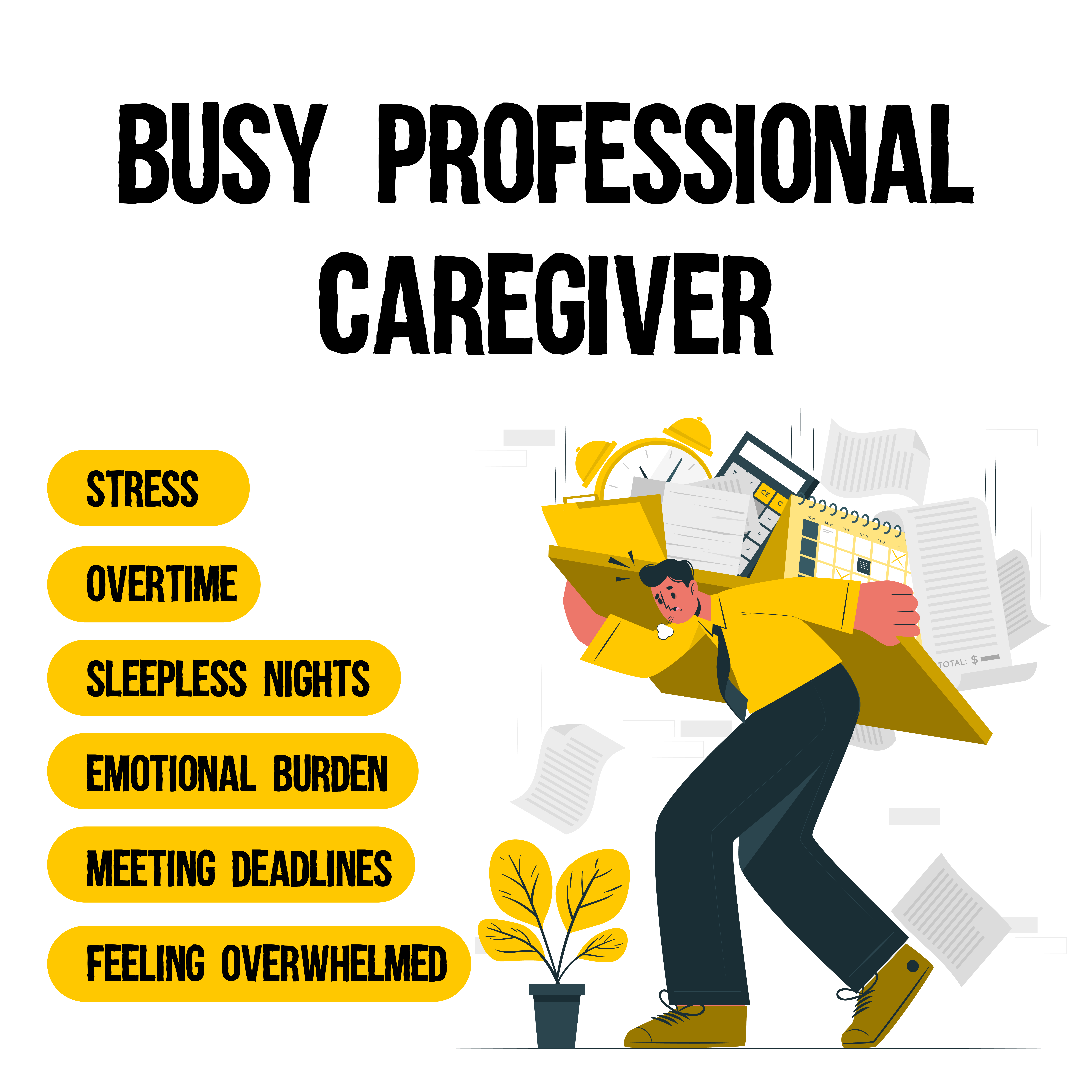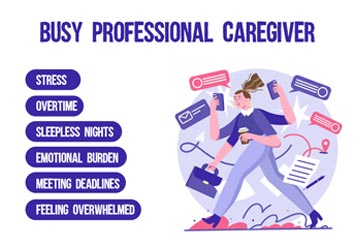The Art of Prioritization: Mastering Time Management
Article 1: The Art of Prioritization: Mastering Time Management
Introduction:
Welcome to the first
article of our blog series, "Thriving in the Midst of Busy Professional
Caregiving." In this post, we will explore the vital skill of
prioritization and how mastering time management can significantly impact your
ability to balance your professional responsibilities and caregiving duties
effectively.
As a busy professional caregiver, it's common to feel pulled in multiple directions, with an endless to-do list that seems impossible to tackle. However, by implementing strategic prioritization techniques, you can regain control over your time, reduce stress, and create a more harmonious work-life-caregiving balance.
So, let's delve into the
art of prioritization and discover practical strategies to help you navigate
your demanding schedule with confidence and efficiency.
1. Identify Urgency and Importance:
Start by evaluating your
tasks and responsibilities based on their urgency and importance. Urgency
refers to how soon a task needs to be completed, while importance reflects its
significance and impact on your overall goals and well-being. By understanding
the difference between urgent and important tasks, you can focus your energy on
what truly matters.
2. Utilize the Eisenhower Matrix:
The Eisenhower Matrix, also
known as the Urgent-Important Matrix, is a powerful tool for prioritization. It
categorizes tasks into four quadrants:
·
Quadrant 1: Urgent and
Important tasks. These require immediate attention and should be addressed
promptly.
·
Quadrant 2: Important but
not Urgent tasks. These are important for your long-term goals and well-being
but don't require immediate action. Allocate time to tackle these tasks
proactively.
·
Quadrant 3: Urgent but not
Important tasks. These tasks may demand your attention, but they do not
contribute significantly to your goals or well-being. Consider delegating or
eliminating these tasks if possible.
· Quadrant 4: Not Urgent and Not Important tasks. These tasks are neither urgent nor important. Minimize or eliminate them to make more time for what truly matters.
3. Delegate
or Eliminate Non-Essential Tasks:
To create more time for
your core responsibilities and self-care, be willing to delegate or eliminate
non-essential tasks. Recognize that you cannot do everything yourself, and
reaching out for support is not a sign of weakness but rather a strength.
Identify tasks that can be delegated to family members, friends, or colleagues,
and let go of tasks that do not align with your priorities.
4. Celebrate Small Achievements:
Breaking down larger tasks
into smaller, manageable steps not only makes them less overwhelming but also
allows for a sense of progress and accomplishment along the way. Celebrate each
small achievement, as this will help keep you motivated and encourage continued
momentum toward your goals.
Remember, effective prioritization is a skill that requires practice and adaptability. Be flexible and willing to adjust your priorities as circumstances change. The goal is to create a balanced schedule that aligns with your core values, personal well-being, and caregiving responsibilities.
By mastering the art of prioritization and time management, you can reclaim control over your time, reduce stress, and achieve a more fulfilling and balanced life as a busy professional caregiver.
Stay tuned for our next article, where we will explore the power of setting realistic goals and breaking them down into manageable steps. Get ready to supercharge your productivity and unlock your full potential!
Let's thrive together in the midst of busy professional caregiving!




